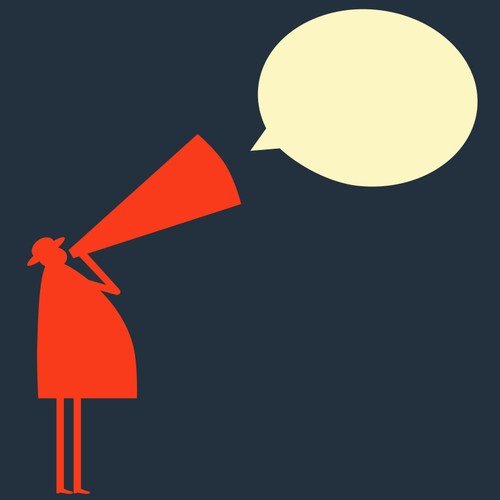
Systematic Communication Vs. Over Communication
Email frequency can have a significant effect on email results. The concept, though, can be a thorny issue for many small- to medium-sized businesses that view the equation like this: More emails = more chances to convert.
Wouldn’t it be nice if it were as straightforward as sending more emails to generate more revenue? Unfortunately, though, there’s more to it than that.
Consistent, systematic communication with contacts through multiple digital channels is absolutely critical for success. People usually require repeated exposure to a brand, message or offer before taking action. The goal of consistency is to remain top of mind, nurture relationships and deliver value.
But too much communication and you’re likely to get these unintended results:
Unsubscribes & Spam Complaints Increase. This is exactly what you DON’T want.
But consumer reports indicate too many emails is the No. 1 reason people opt out of email lists. According to a nationwide survey of email preferences, conducted by TechnologyAdvice, 43% of respondents said they would like businesses to email them less frequently.
Open & Click-thru Rates Drop. Translation: Disengagement. Over-communicate and the people you want most to hear you stop listening. You’ll see this in declining open and click-thru rates and eventually on your bottom line.
Case Study:
We have tracked numerous cases of declining leads from over communication, here’s the result from one of our medical spa customers that recently tested the effects of email frequency on its campaign effectiveness:
By increasing email frequency by 150% (from four per month to ten per month), the percentage of leads generated (appointment requests in this case) decreased by 30%.
Takeaway:
While we recommend testing to know what works best for your particular contacts, we find that once a week is generally a best practice and certainly a good place to start. We also find that people don’t like change. Establish a regular schedule and stick to it. Don’t email three times on one day and then blast them irregularly.
Effective email communication must deliver value in the minds of recipients to drive action-that’s the one fail-safe rule for any winning email strategy.